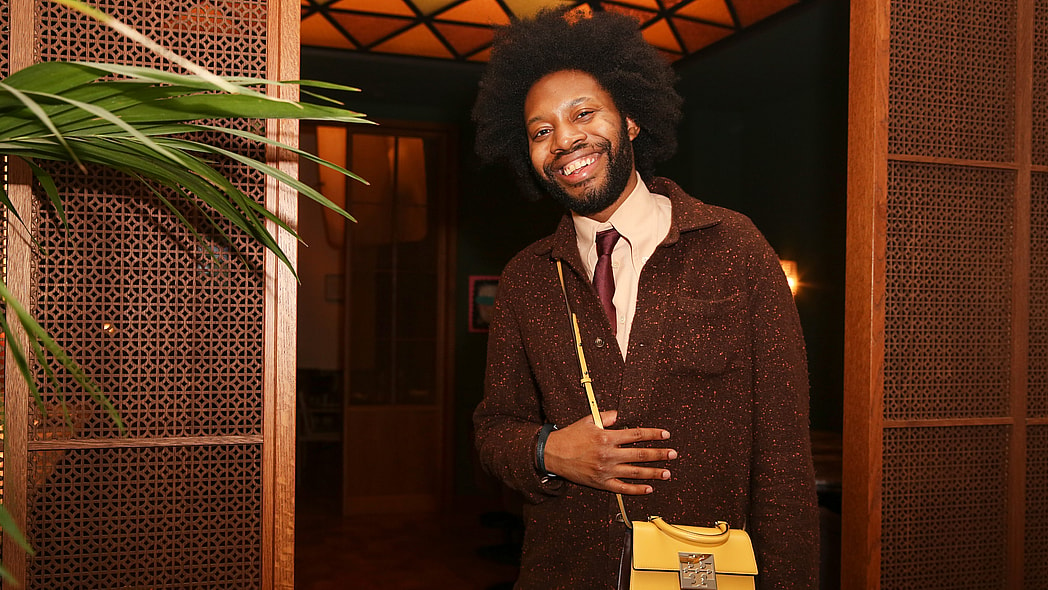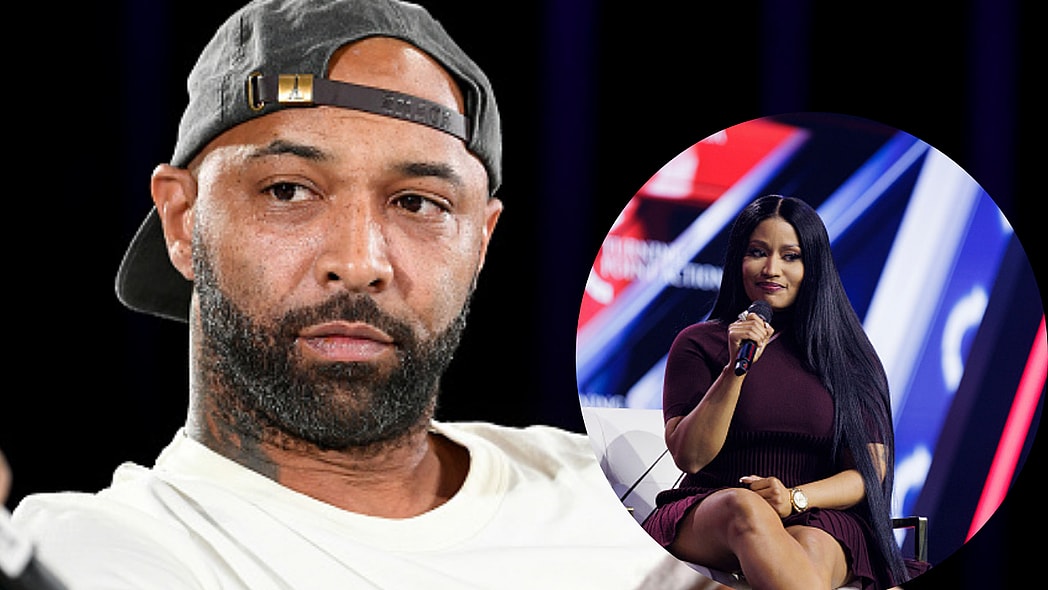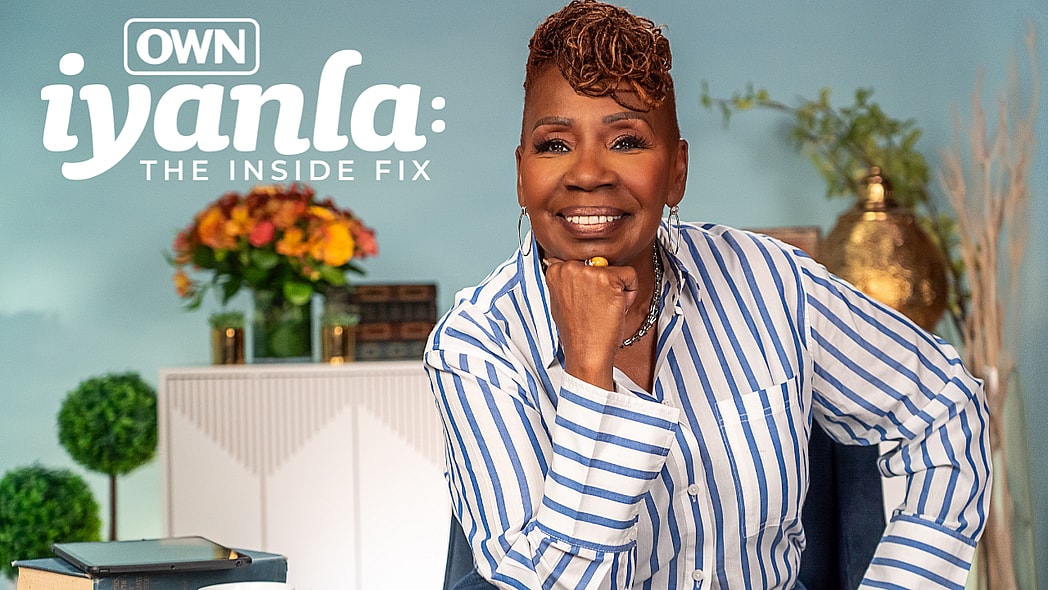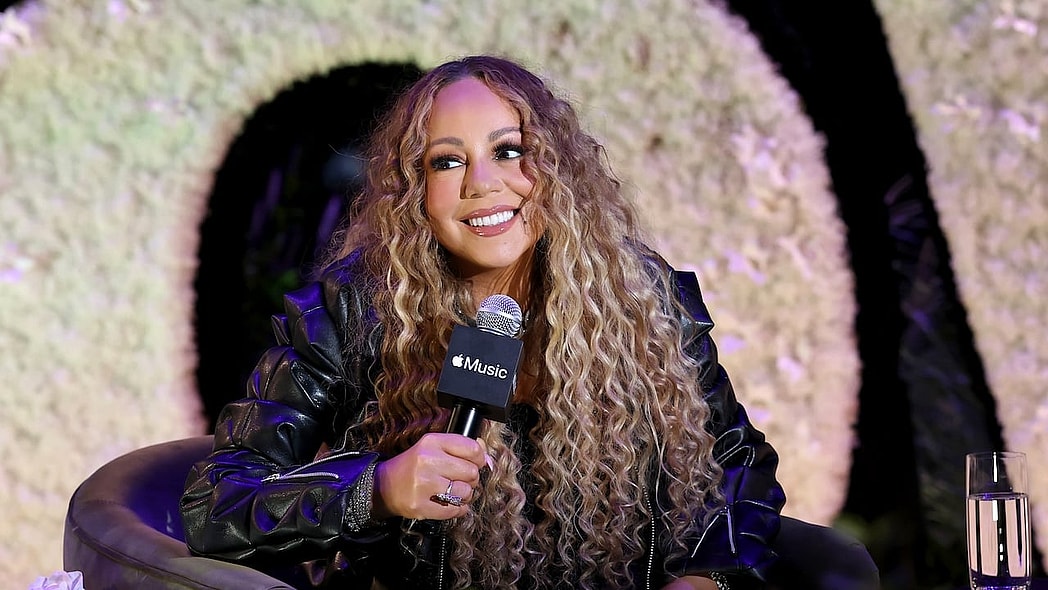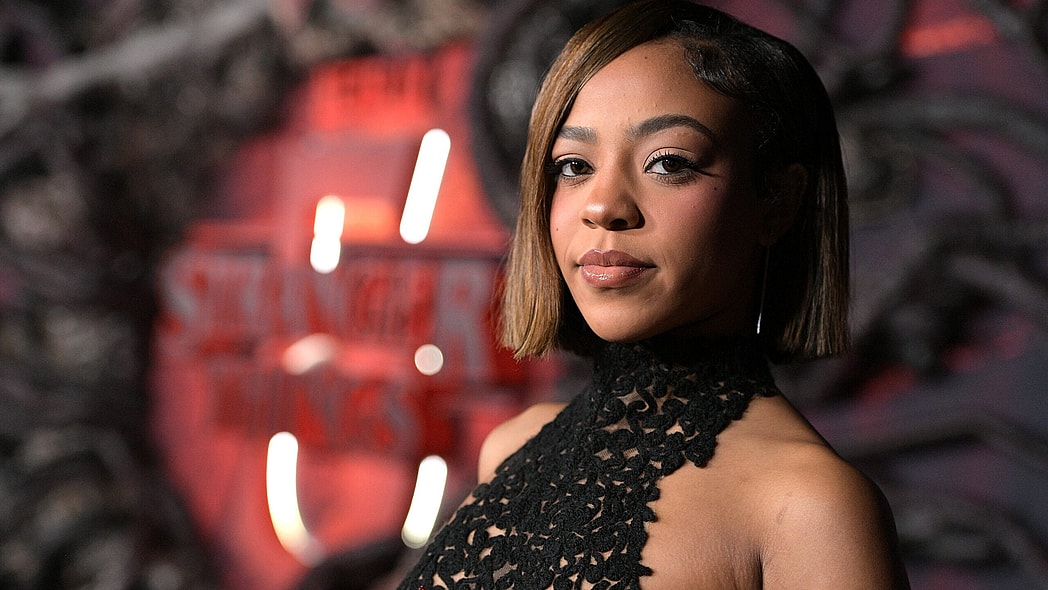Editor’s note: The following article is an op-ed, and the views expressed are the author’s own. Read more opinions on theGrio.
So this may be an unpopular opinion, but I have to live in my truth. I saw “Slave Play” on Broadway and I loved it. I loved it so much that I had Jeremy O. Harris on my podcast, “Touré Show,” and I watched his new HBO doc, “Slave Play. Not a Movie. A Play” last Friday, the day it came out. I know many Black folks disliked “Slave Play” for a variety of reasons — and many white folks were super triggered — but I had a great time. I love art that’s challenging.
“Slave Play” intellectually smacks you in the face right away by using slavery, sex and interracial relationships as a way to shock, titillate and trigger people. I think some Black folks see those three things — slavery, sex and interracial relationships — onstage and are instantly turned off. I think for someone to actually engage in interracial slave play in real life is crazy. It could do incredible damage to a Black person’s spirit. But art is a place where we can explore ideas that are too dangerous for real life. When we get those ideas as part of a play written by a Black man who’s trying to grapple with the impact that slavery has on the modern African-American psyche, I think it’s fair, and in the case of “Slave Play,” it’s brilliant. Harris is not using slavery in any flippant way; he’s embracing the fact that it has had an impact on us that we need to exorcize. Ultimately, the people on stage are participating in an exorcism that is meant to pull some of the pain of slavery out of the Black characters.
The Black characters do this through interracial relationships, which put Black and white people in conflict and allow the Black characters to work out their feelings against the backdrop of their interactions with whiteness. These are Black folks who are in love with specific white people and, at the same time, are outwardly critical of whiteness. I love that. For some people, it may be triggering, but it’s meant to be. Art sometimes should be.
Entertainment
I love Black art that intends to trigger and does so for smart reasons. I think art is a great place to initiate difficult conversations. I love the visual art of Kara Walker, which deeply engages with the tropes of slavery. Her work can be both painful and liberating. I loved “12 Years A Slave” even though it was hard to sit through such a bleak and sad visualization of slavery. I loved “Django Unchained” much more because it used slavery as a backdrop to talk about the power of self-belief in a Black man. Throughout the film, Django’s self-belief gives him the power to outwit white supremacy. “Django” is a film that gives us brutal slavery scenes as well as the life of a slave who has escaped the clutches of slavery and gets to whip a slave master and destroy a slavery plantation. What’s not to love about the story of a slave who gets to strike back at slavery?
Artistic discussions of slavery should be sensitive and triggering. It shouldn’t be an easy subject. That would dishonor how evil slavery was. But I am OK with talented artists taking me into a discussion that’s set in slavery if they do it respectfully. “Slave Play” meets that bar for me.
“Slave Play” asserts that slavery is still a part of us — how it still haunts us — and it says we need to talk about it and confront it in order to become our best selves.
It’s important to me that Black art be Blackcentric. I can always tell when the creators were truly focused on their Black audience and when they weren’t. “Slave Play” is absolutely Blackcentric in that it centers the Black characters and gives them greater emotional range. In the documentary, Harris talks about how he gave so much more to the Black characters.
The doc provides some of the play’s backstory and some of Harris’ notes to the actors that will help you understand “Slave Play” on a deeper level. I think the play is a monumental work of art that dives into a part of the Black psyche that few of us want to visit. But that’s what difficult art is supposed to do.

Toure is a host and writer at TheGrio. He hosts the TheGrio TV show “Masters of the Game,” and he created the award-winning podcast “Being Black: The ’80s” and its upcoming sequel “Being Black: The ’70s.” He is also the creator of “Star Stories” and the author of eight books, including “Nothing Compares 2 U an oral history of Prince.” He also hosts a podcast called “Toure Show.” He is also a husband and a father of two.

